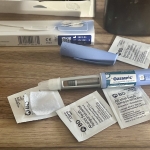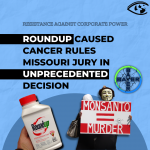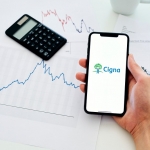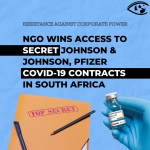Eli Lilly Raised U.S. Prices Of Diabetes Drug 700 Percent Over 20 Years

Eli Lilly, an Indianapolis based company, that has sold insulin products to diabetes patients since 1921, has quietly raised some U.S. prices 700 percent in the last 20 years by marketing so-called improved versions to consumers. Novo Nordisk, a Danish company, has also profited handsomely from this practice.
Insulin is a $23 billion global business with over 75 percent of the revenue coming from such new and improved versions.
A recent Washington Post analysis of the price increases has stirred up outrage. The newspaper noted that Humalog, an Eli Lilly brand of insulin that was sold for $21 per bottle in the U.S. 20 years ago, is now priced at $255, which represents a 700 percent markup, after adjusting for inflation.
"People are dying or getting sicker because they can't afford their insulin, just so Eli Lilly and Novo Nordisk can make outrageous profits," Bernie Sanders, a U.S. senator and former presidential candidate, tweeted.
"The history of insulin captures one of the mystifying complexities of the pharmaceutical market - how long-standing drugs become more expensive with time and competition fails to hold down prices," writes Carolyn Y. Johnson in the Washington Post. "Companies point to improvements in their drugs, but medical experts say some of those changes are simply a strategy to keep prices high with new patent protections."
"I don't think it takes a cynic such as myself to see most of these drugs are being developed to preserve patent protection," David Nathan, a Harvard Medical School professor, told the newspaper. "The truth is they are marginally different, and the clinical benefits of them over the older drugs have been zero."
In reality, part of the problem is also the private insurance system that controls most U.S. healthcare, under which new drug prices are set via deals struck between insurance and pharmaceutical companies. Most patients do not pay the full cost of a drug up front but absorb the cost eventually via an increase in their monthly healthcare premiums.
This is because U.S. residents pay for healthcare via such monthly plans with private insurance companies, unlike other developed countries where the government provides or regulates healthcare costs.
As a result pharmaceutical companies have the ability to charge as much as the U.S. insurance companies will let them. And since both parties profit from higher prices, the net effect is that prices continue to rise.
Not surprisingly, the costs of insulin overseas is not quite as high because government led healthcare systems typically negotiate much lower rates because they need to control costs. Thus a prescription of Lantus, manufactured by Sanofi-Aventis, another major insulin manufacturer, costs $70 in France but $450 in the U.S. However, most drugs cannot be legally imported from other countries, so U.S. consumers cannot take advantage of lower prices elsewhere.
Sanders has pointed out the irony of this system. "If we can import tomatoes from Mexico, there is absolutely no reason why we cannot import affordable prescription drugs from Canada," he tweeted back in February.
Eli Lilly says that they are only one player in a complex system where prices are set. "A permanent solution that gives everyone who uses insulin reasonable access will require leadership and cooperation across many stakeholders, including manufacturers, PBMs, payers, and policymakers," an Eli Lilly spokesperson told the media.
Sanders tweet about Eli Lilly had an impact - investors began to dump the company shares, causing the stock price to drop some three percent.
Meanwhile, the rising cost of insulin is also a major concern for patients in developing countries. This past April, the World Health Organization issued its first global report on the diabetes epidemic in which it noted that a month of insulin treatment costs government workers the equivalent of 20 days pay in Malawi and seven in Nepal.
Indeed David Beran, a researcher at the University of Geneva's division of tropical and humanitarian medicine, says that some 50 million people around the world have major problems paying for diabetes treatment.
- 208 Regulation



